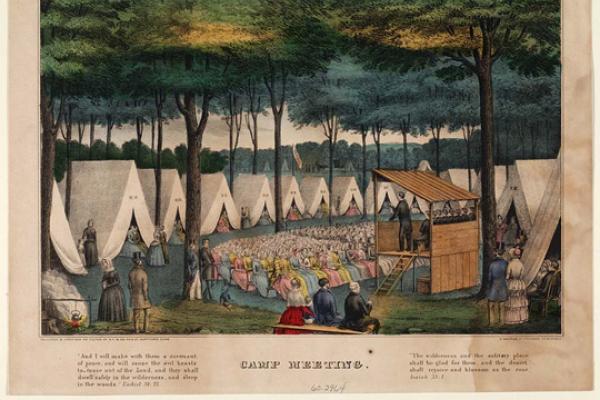Feb 11, 2020
Last week, President Donald Trump spoke at the National Prayer Breakfast, an annual bipartisan event that brings together faith leaders and members of Congress. Using language like “I’ve been with you,” and “you better get out and vote on Nov. 3” — insinuating all those of faith gathered align with the president — Trump called once again on support from his most loyal followers: white evangelical Protestants.
Read the Full Article

Already a subscriber? Login
